- At BGEMS, our Mandarin Instruction extends beyond language instruction to include core content areas such as Science, Social Studies, Mathematics, Physical Education, and Music/Art.
- Our instructional framework is aligned with both Common Core State Standards (CCSS) and relevant international learning standards, ensuring a well-rounded and globally competitive education for all students.
- By incorporating these standards into our Mandarin language program and subject-area instruction, BGEMS teachers help ensure students receive a comprehensive education that meets both national benchmarks and the needs of a diverse, global community.
Mandarin Instruction
Common Core State Standards
The Common Core State Standards serve as a set of clear and consistent learning expectations designed to prepare students for success in college and careers. These standards help ensure that teaching and learning remain rigorous, coherent, and aligned across grade levels. The Common Core is organized into two key components:
College and Career Readiness Standards (CCRS)
Define what students should know and be able to do by the time they graduate from high school to be prepared for post-secondary education and the workforce.


K–12 Standards
Specify learning goals and academic expectations for each grade level, from kindergarten through 12th grade. These standards guide educators in developing curriculum and assessments that support student growth and achievement.
Instruction Scope
“Instructional scope” refers to the breadth and depth of content covered in the curriculum. It includes the concepts, skills, topics, and developmental areas across subjects and grade levels.
Our curriculum content encompasses the core dimensions of Chinese language learning—listening, speaking, reading, and writing—as well as related cultural understanding.
Listening
听
Speaking
说
Reading
读
Writing
写
Culture
文化
Job
Food
Banking
Music
Greeting
Weather
Time
Travel
Hospital
Sport
Language in Diverse Contexts
Number
Festival
Transport
Shopping
Clothing
Direction
Animal
Theater
City
etc.
Core Emphases at Each Stage
Elementary School
Focuses on interest-based learning with an emphasis on basic vocabulary, everyday expressions, and simple conversations. Songs, games, crafts, and other activities are used to spark students’ enthusiasm for learning Mandarin.
Expands language skills and reinforces character recognition. Students begin to grasp basic grammar structures and are able to express themselves more coherently in simple conversational settings.
Middle School
High School
Enhances depth and accuracy of expression, strengthens reading comprehension and writing skills, and begins to cultivate intercultural thinking through the integration of language and culture.
Instructional Sequence
The instructional sequence refers to the intentional organization and timing of instruction. It outlines the order of learning experiences, ensuring that lessons are developmentally appropriate and build upon students’ prior knowledge.
In Mandarin language teaching, the instructional sequence includes the structured progression of vocabulary, grammar, character recognition, language skills, and cultural content. It involves instructional plans, activities, and materials that support learning at various stages of development.
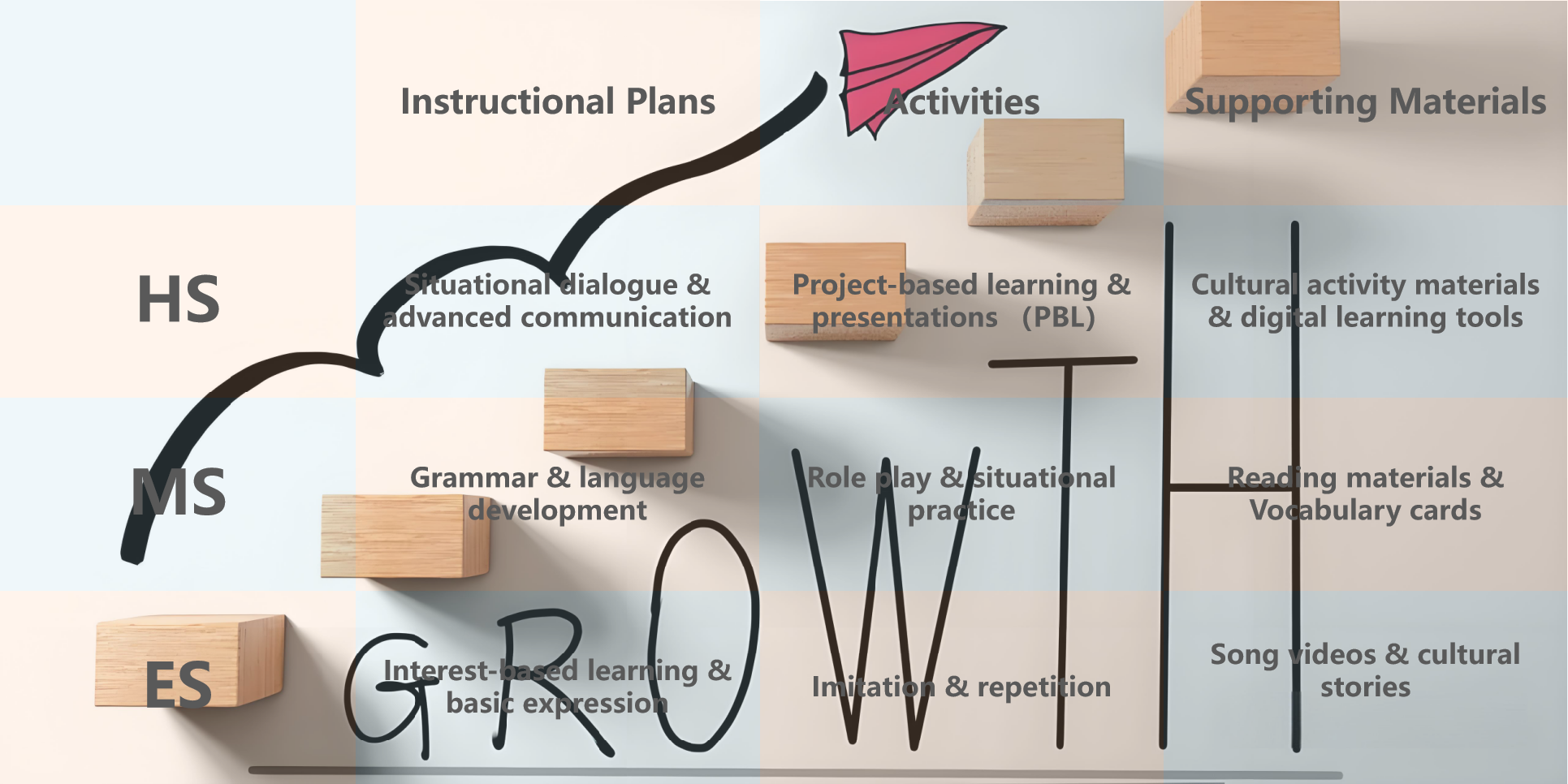
Lesson Plans
Lesson plans are developed by individual teachers and are based on the established Scope and Sequence. A well-crafted lesson plan serves as a detailed, step-by-step guide outlining the teacher’s instructional goals, the strategies used to achieve them, and the materials required. It ensures that students not only meet learning objectives but do so through engaging and meaningful instruction.
In the BGEMS Mandarin teaching program, teachers develop their lesson plans based on the established Scope and Sequence, taking into account the learning characteristics of different grade levels and emphasizing flexibility and effectiveness in instruction. The program encourages the incorporation of a variety of cultural activities—such as traditional festival celebrations, storytelling with idioms, and poetry recitation—to enhance classroom engagement and enjoyment. Through diverse teaching strategies and appealing lesson design, students are guided to achieve their learning goals in a relaxed and positive environment, gradually building interest and confidence in learning Mandarin.
Setting Clear Objectives

In practice, teachers often present the day’s objectives at the beginning of class—through writing on the board, verbal explanation, or as part of the lesson introduction—so that students stay focused on the core tasks throughout the lesson and engage in structured, purposeful language learning.
Developing Activities

These engaging activities not only increase student participation but also support the internalization of language knowledge, leading to more effective learning.
Selecting Materials and Resources

BGEMS also supports our teachers by providing instructional resources such as materials for cultural activities, audiovisual content for Chinese lessons, and classroom decorations related to Mandarin instruction.
Incorporating Review and Reinforcement

Neurophysiological studies emphasize the importance of repetition and practice in learning. Reinforcing key concepts through regular review helps strengthen cognitive connections and supports long-term retention. Reviewing material before moving on ensures that students build a solid foundation before progressing to new topics.
In Mandarin instruction, regular review and reinforcement play a critical role in helping students internalize vocabulary, sentence patterns, and character recognition. Teachers often use methods such as chant repetition, character tracing, word games, and role-play to revisit key concepts in engaging ways.
These strategies not only strengthen memory but also boost learners’ confidence, ensuring they are well-prepared before encountering more complex language structures.
Professional Learning Communities (PLCs)

Professional Learning Communities (PLCs) are an important means of improving and refining lesson plans.
They are collaborative groups of educators who regularly come together to reflect on teaching practices, analyze student data, and work collectively to improve student learning outcomes. PLCs emphasize continuous professional growth, shared responsibility, and evidence-based decision-making.
At BGEMS, teachers regularly participate in PLC meetings to engage in in-depth discussions around instructional goals, activity design, resource sharing, and student feedback.
Through collaborative lesson planning, peer observation, and the exchange of teaching strategies, educators continuously refine their lesson designs to make instruction more targeted and effective. PLCs not only enhance teaching quality but also foster professional development and a strong sense of teamwork among staff.
Assessment in the Instruction Cycle
Assessment is an integral part of the lesson planning process. It helps teachers monitor progress, inform instruction, and measure student achievement. BGEMS encourages the use of both formative and summative assessments.
In BGEMS’s Mandarin teaching program, assessment plays a key role in guiding instructional decisions and supporting student learning. Teachers use formative assessments such as classroom observations, oral Q&A, mini quizzes, and vocabulary games to monitor students’ grasp of content and adjust teaching strategies in real time.
Formative
Assessments
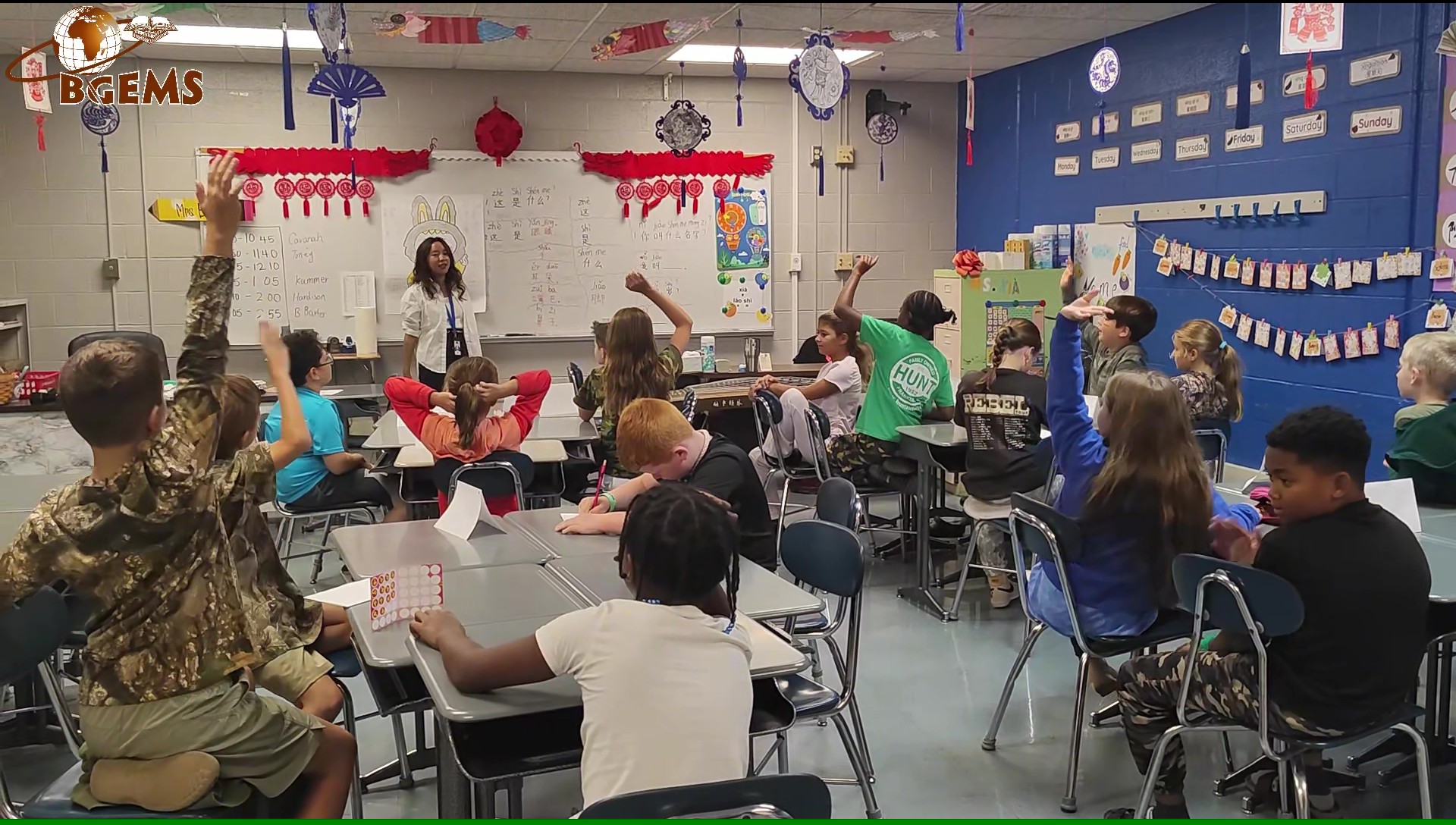

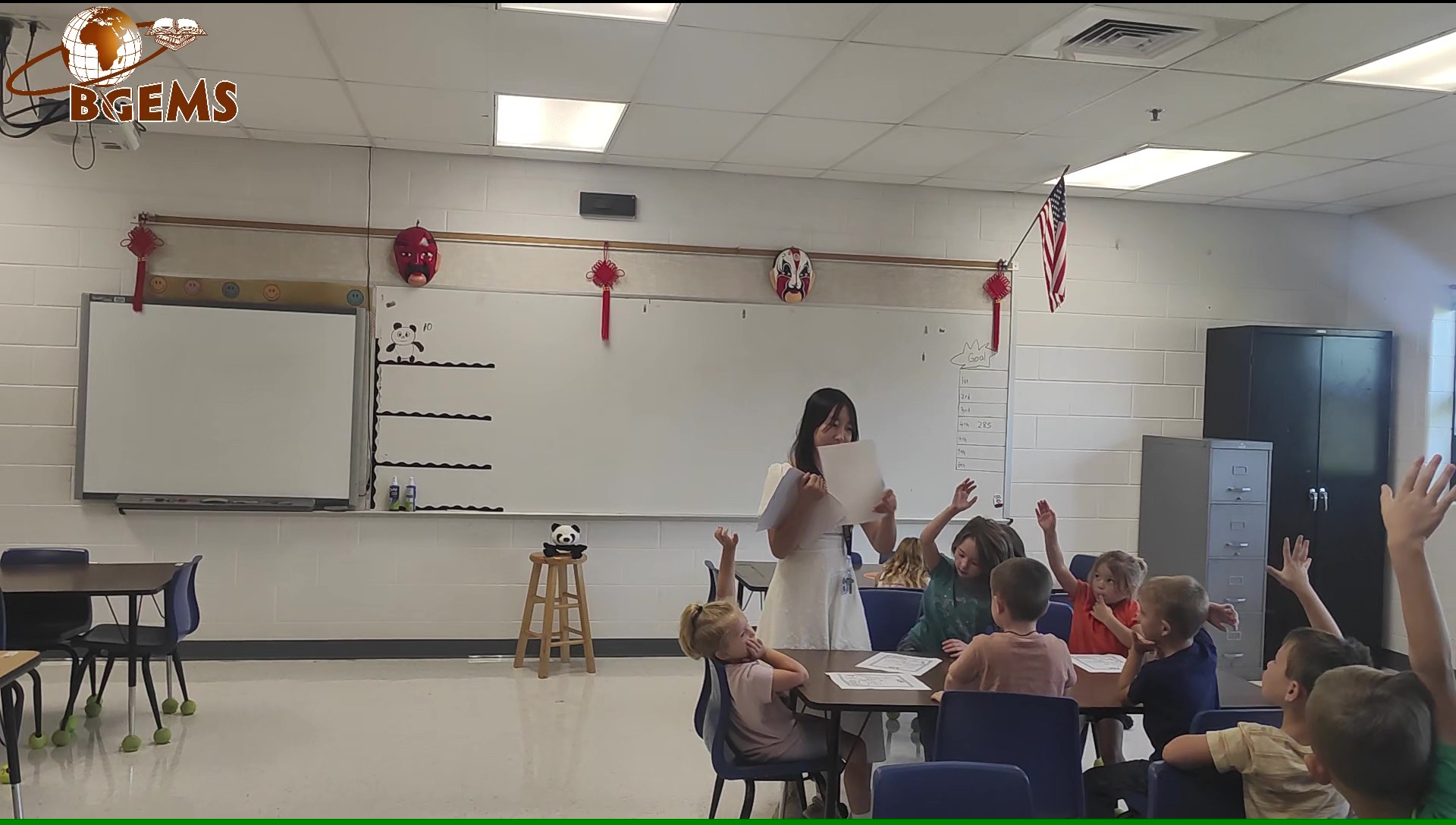
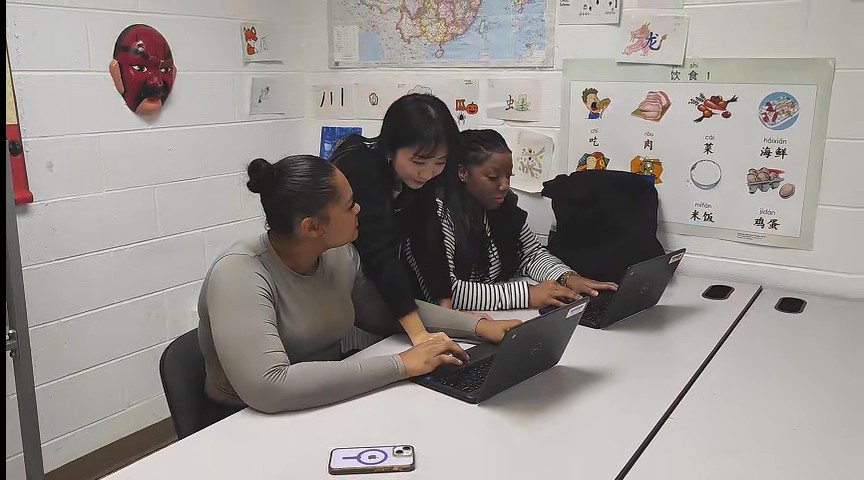
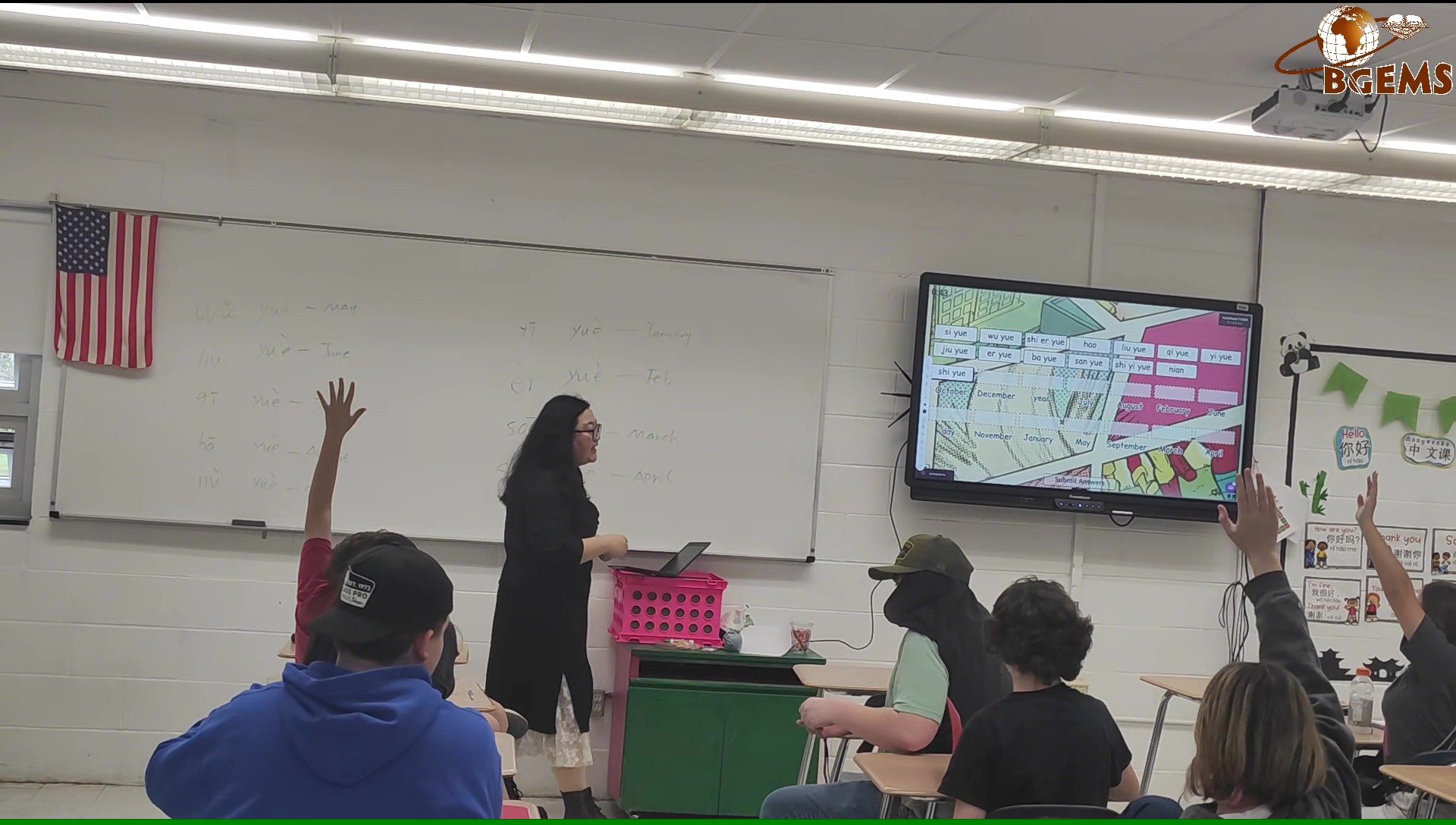
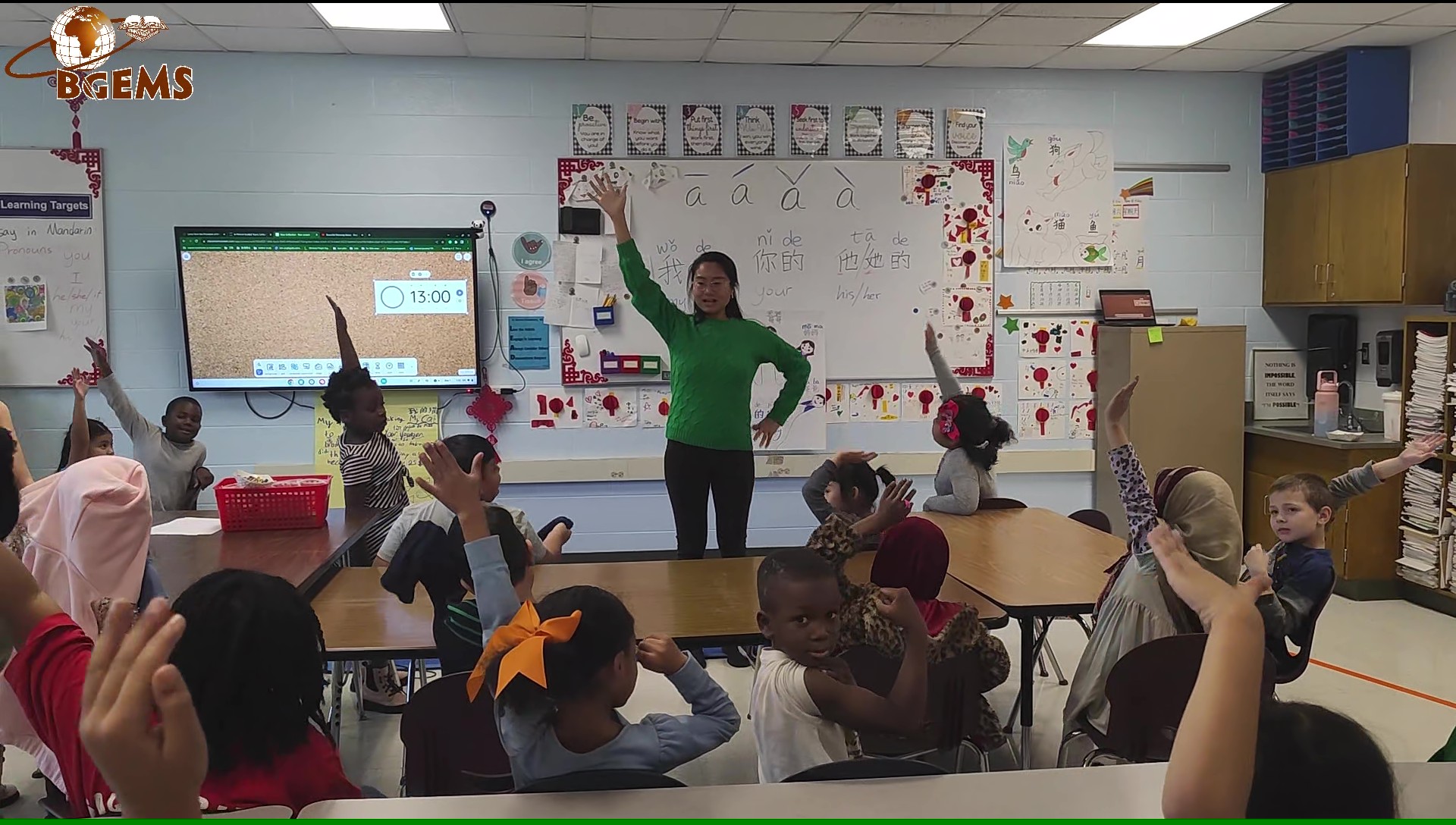
· Used during Mandarin lessons to provide real-time feedback (e.g., pinyin reading, quick comprehension checks)
· Helps teachers adjust instruction based on student needs (e.g., adding stroke demonstrations for character writing)
· Typically low-stakes and ungraded (e.g., vocabulary dictation, oral practice, exit tickets)
Summative
Assessments



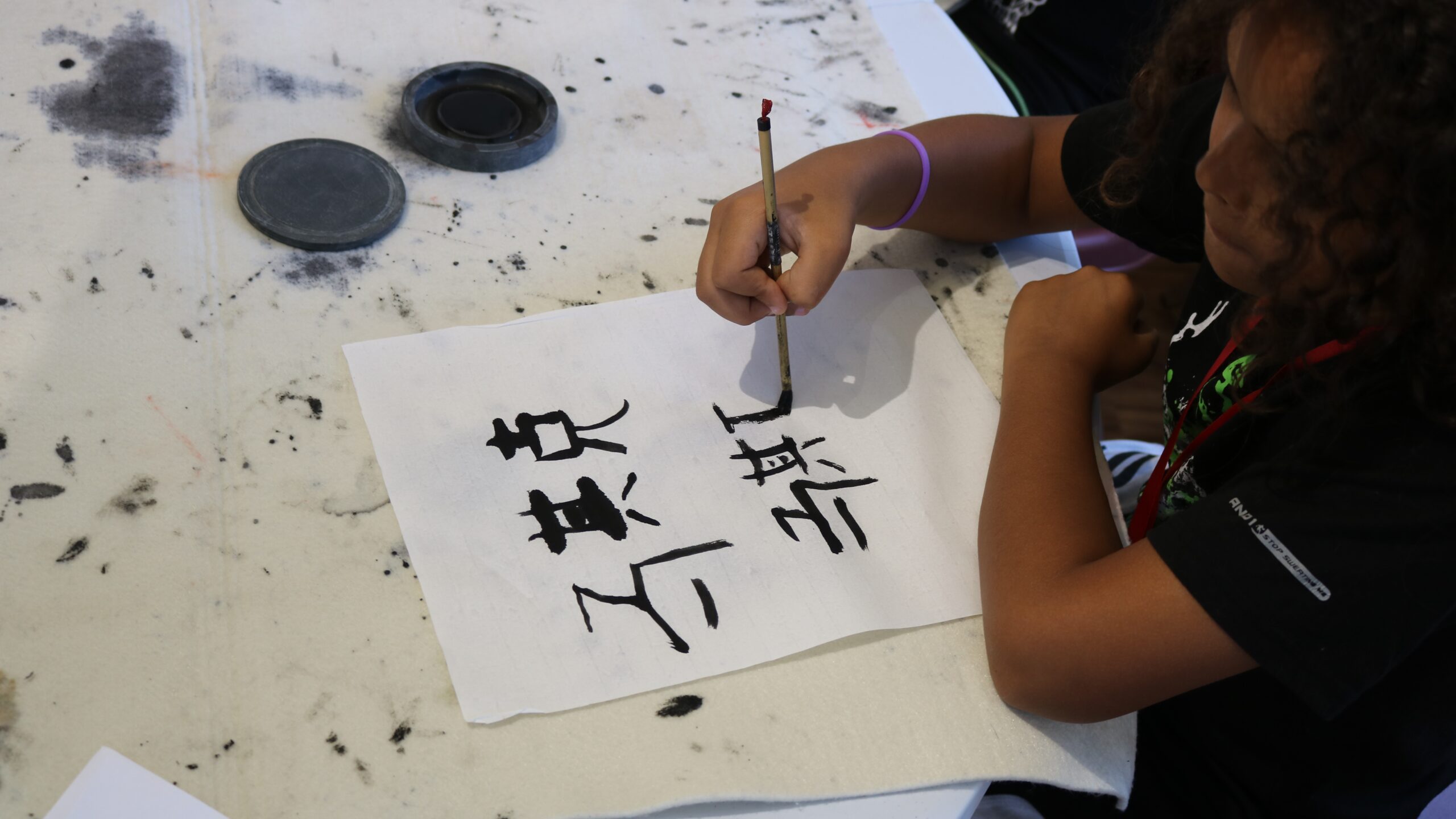
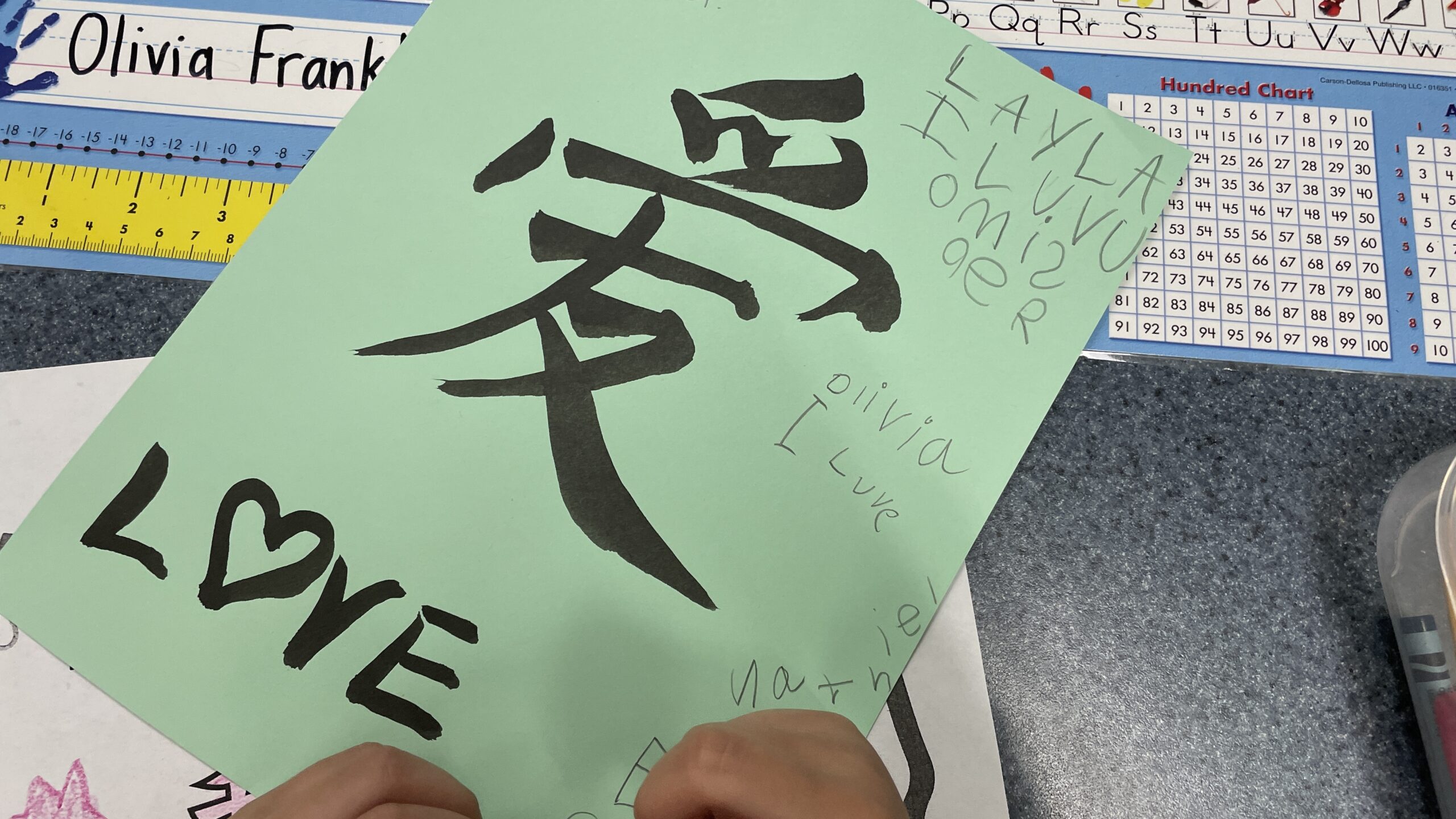

· Conducted at the end of a Mandarin unit or instructional period (e.g., after completing topics like weather, food, or holidays)
· Measures student mastery of key language skills such as vocabulary, sentence patterns, listening, and character writing
· Typically high-stakes and graded, including unit tests, oral presentations, writing tasks, or standardized exams like YCT and HSK
